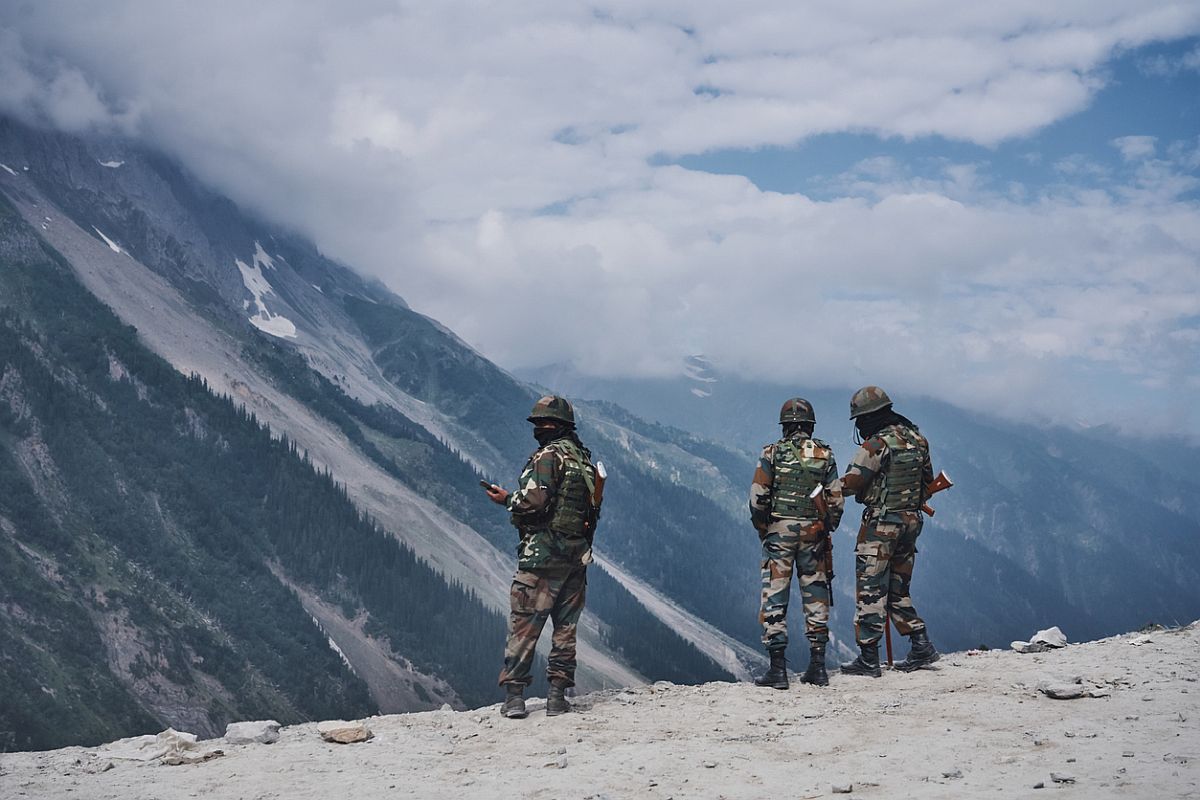Culprits were nabbed within 24 hrs on Nangloi firing case: Delhi Police
Talking to media persons, Tewari emphasized that the Delhi Police acted swiftly after the incident, arresting two individuals within 24 hours.
Their approach was to strengthen relationship between the two countries and put aside controversial issues like LAC.

As many as 20 Indian Armymen including officers were killed in the face-off at Galwan Valley in eastern Ladakh. (Representational Photo: iStock)
Prime Minister Narendra Modi, by mobilising public opinion in his favour at the all-party meeting on Friday has succeeded in defusing tension at Ladakh’s eastern front with China where 20 of our soldiers were killed 10 taken prisoners (subsequently released) and more than 70 injured on the night of 15 June.
The Line of Actual Control is not a clearly drawn border between the two countries. Perceptions may differ. India believed the Galwan River valley was an integral part of Ladakh. China believes the valley is part of its territory since the days of the Qing Dynasty.
Presently, it is in control of 60 sq km of the valley. Galwan valley is named after the Ladakhi explorer Ghulam Rassul Galwan. If we accept Chinese perception, Prime Minister is right in asserting, “no outsiders are in Indian territory” and that no border post of the Indian Army has been captured by outside forces.
Advertisement
Commenting on the nocturnal incidents of 15 June, official spokesman of the Western Theatre Command of the People’s Liberation Army, Zhang Shuili, said the Indian side was “deliberately launching provocative attack,” and warned that the Galwan Valley “always belonged to China.”
China’s Global Times cautioned on 17 June that “India would pay a heavy price and face military pressure on two or even three fronts” if it retaliated for China’s killing of 20 Indian soldiers. The newspaper wrote that Pakistan was a reliable partner of China and Nepal has close ties with it.
India should not believe that worsening China-US ties would provide a chance for India to challenge China and suggested any unwise movements could bring about serious consequences for India. Ever since Modi became Prime Minister, India has adopted a new approach in dealing with China.
Modi met Xi Jinping, Chinese President, 18 times in the last six years, two bilateral summits in Wuhan in 2018 and one in Chennai in 2019. Their approach was to strengthen relationship between the two countries and put aside controversial issues like LAC. Economic ties between the two countries have greatly improved under Modi’s premiership.
The two countries account for 17.6 per cent of the global economy. China is India’s largest trading partner. At the same time, China has invested billions of dollars in the China-Pakistan Economic Corridor, an integral part of Xi’s dream Belt and Road trade and infrastructure mega project.
According to political analysts, the recent spat in Galwan Valley and China’s claim of sovereignty over the entire Galwan Valley could be motivated by linking the economic corridor directly with China.
The Qing Dynasty which ruled China from 1644 to 1911 is reported to have brought the Galwan Valley under its control. China is basing its claim on historic rights, according to Zhang Yongpan, a research scholar at the Institute of Chinese Borderland Studies.
Whatever the historical truth, differences between the two countries will continue to fester as long as the border dispute remains unresolved.
Advertisement